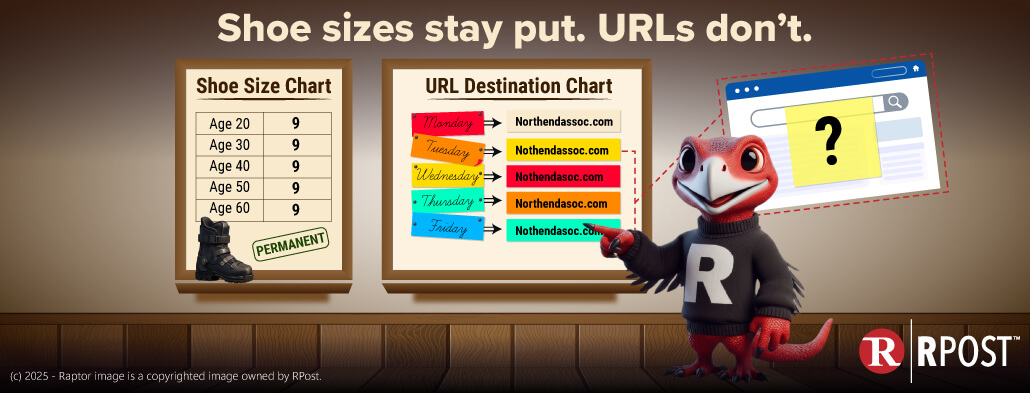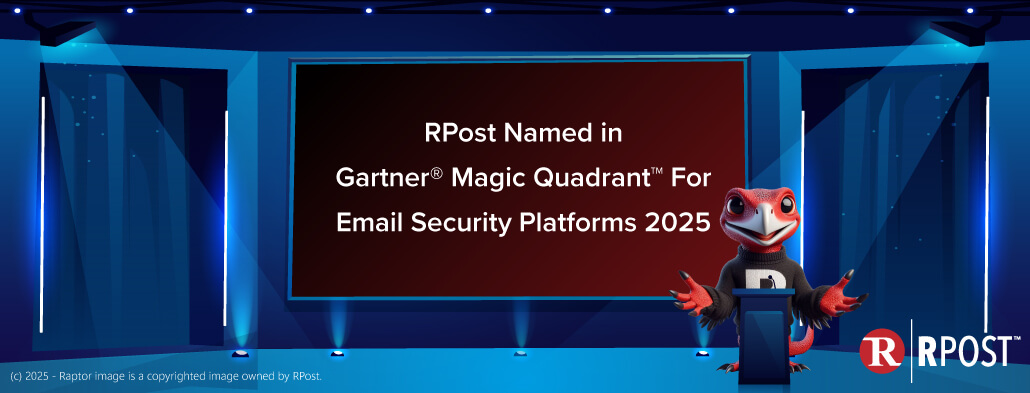
It is well accepted worldwide that the Registered Receipt™ email record is the gold standard for email proof — timestamped and verifiable proof of successful email delivery including content delivered, regardless of recipient settings, and without need for any recipient compliant action.
Many prestigious law, insurance, and financial services associations and regulatory bodies, like The Florida Bar, have endorsed this for over a decade.The largest companies, law firms, governmental organizations, including the United States Government Accountability Office (the arm of the US Congress that audits the US Federal Government) and United Nations have been using for more than a decade for email delivery proof.
Why, then, will this best evidence not eliminate the entirety of disputes about who sent what when, whether and when received, or what was said, by email?
Simple. People often like to debate; and often (lawyers) are paid to debate.
So, what happens in the real world situation if you (an email sender) have irrefutable timestamped, third-party authenticatable proof of email content delivered (in the form of a Registered Receipt™ email record), but the recipient says, “I didn’t get it?”
Know More: Secure Email
The first step is to simply forward the sender’s Registered Receipt™ email record. This is a standalone record of the forensic delivery detail as well as the content delivered. Since there is no storage of the information elsewhere, this receipt is specially electronically packaged to be not only self-contained, but verifiable by anyone that holds it. When forwarding the receipt, the sender can simply say, “you may forward the receipt by email as instructed on it, if you would like to independently verify its authenticity and have more forensic data and original message content re-constructed automatically. There is no cost to do this, so feel free to verify it yourself or forward it to your IT staff or consultants for them to verify.”
Sometimes even after doing this, the receiver will come forth with some excuse and say, “but I still did not get the email.” Since the receipt shows the record of the receiver’s agent signing for the message (the mail server they authorized on the Internet to be listed as their agent to accept their email) and often more information related to the IP addresses, network path, server, and mailbox or opened data, this excuse is no different than the sender having a FedEx receipt signed by the office manager and the office staff member claiming they didn’t get the FedEx. What happens in this situation? The sender has proof they met their obligation to deliver. The receipt protects the sender. As long as the sender is not required to confirm that the recipient read and understood the information, the sender is protected. (Note, if the sender needs a record the recipient understood specific text or they need to obtain a legal signature on a document, try RSign).
Consider a registered investment advisor having an obligation to deliver notice of investment risks. Proof of delivery of the risks protects the investment advisor. The investment advisor is not required to verify whether or not the client read the risk statements. The Registered Receipt™ proof of delivery proves the investment advisor met their obligation without need for a recipient to click a link or acknowledge. By contrast, sending a link to “retrieve” a risk disclosure (with proof of having sent a link) will not protect the sender as the information is not delivered unless the recipient clicks to download and download was completed successfully in a readable format.
There are endless excuses — old world excuses transposed to electronic. The most common being, “it must have been flagged as spam”. While this may be a reason why the recipient never read the message, it is not different (legally) than someone saying they did not read their mail because the important letter got mixed in with all the coupons, marketing mail, and credit card offers sent to them in the mail; or, their office manager signed for the certified letter, but they were out of the office so did not get it.
Lawmakers considered all of these situations and issues when they developed the standard definitions for legal delivery of email, which have been adopted in some form in countries worldwide. This is most clearly read in US state law; in the Uniform Electronic Transactions Act, Section 15(b) and (e). Locke Lord, a premier law firm has prepared a landmark analysis of these issues in a 30-page legal analysis available (CLICK HERE, SEE PAGE 11). Readers may find this is useful to cite as it not only includes reference to the statutes and case law, but also discusses these in the context of common questions and answers. (For those in the UK, read analysis here)
Know More: Encrypted Email
What is the bottom line?
If you send your important email and have a Registered Receipt™ email record that proves delivery, you have the upper hand in any dispute. You have shifted the argument from a receiver claiming that you (the sender) did not do what you were supposed to do within a specific timeframe, to the recipient putting forth excuses trying to defend their position as to why they may not have “seen” or “read” the email. This is a far better position to be in, in any situation. And, with the verifiable forensic record of the Registered Receipt™ email, and legal analyses supporting this record, you will have the courtroom edge should the dispute formalize.
RMail includes Registered Email™ services, which return a Registered Receipt™ email delivery proof record for each message sent by RMail.

January 05, 2026

December 26, 2025

December 19, 2025

December 12, 2025

December 05, 2025